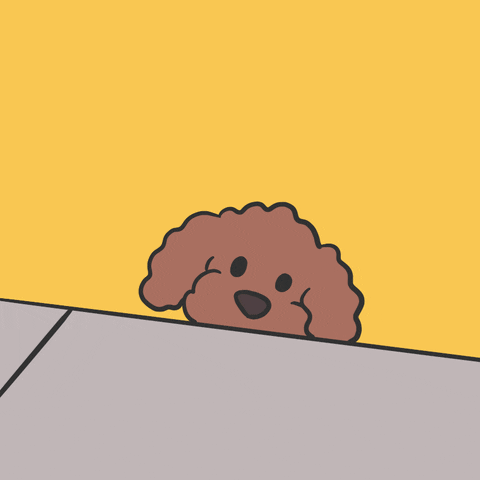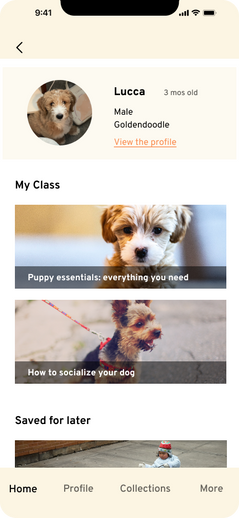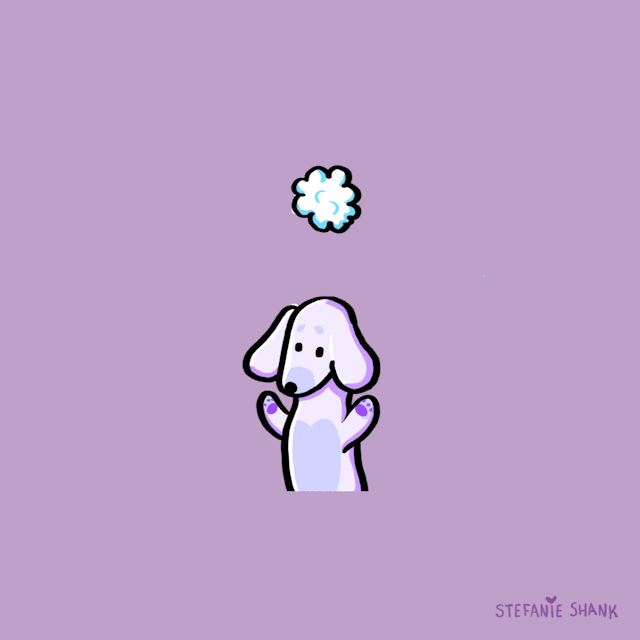Puphood Dog Training App
Professional Training Programs Anytime and Anywhere
Role
Lead UX/UI Product Designer
Timeline
8 weeks
Process
Design Thinking, User Research

.jpeg)
Meet Lucca!
What inspired me?
I recently became a new dog parent and worked on dog training with my new puppy every day. As a new dog parent, I found that there is too much information over the internet and it is difficult to decide what is the best for my puppy. There is only one puppyhood for each dog and I know that puppy training is essential but also so painful for all new dog parents. I want to do my best for Lucca.
The challenges in my life inspired me to create a solution to solve the problem that bothers millions of new dog owners just like me.
Project overview
Objective
To solve the problem, I created a mobile app, which provides dog training videos, growth and training tracker and generally just a place for new dog parents to get and organize all the information about their new puppy.
Figma link
Here is the link to the Figma document where I create the design.

My assumptions
Before starting the project, I did a lot of thinking about how I wanted this app to be and what I wish I can do with it.
-
Puppies require a lot of attention at their early stage of development
-
There is too much information online and it is difficult to tell which are good or bad
-
First-time paw-parents are looking for the most effective, efficient, and low-cost(both in time and money) way of training their puppies
Learning the user
Based on all the user needs and behaviors I learned from the user interviews, I created the sample task-based user flow to show what a target user would interact with the system and how they can complete the basic task and experience the main features.
The user flow shows how a new user would do on a specific page and what they would choose if a decision needs to be made to complete the task. This step is the preview of how a typical user would interact with and complete their goals with the product.
.jpeg)
.jpeg)
User
Persona
I interviewed 5 participants from diverse backgrounds and asked them questions about their dog training journey and their expectations, goals, and achievement. All the information into six categories: Bio, Motivation, User habits, Likes, Dislikes, and Expectations.

Competitive
Analysis
I did a competitive analysis on 3 popular dog training apps in the market to see their pros and cons, and here is the result! While diving into the analysis, I found most of dog parents are using Google or YouTube as their main source of dog training information.

User
Journey Map
After determining the sample user flow, I tried to think and feel like a real user and predicted how they would feel about each page while completing the task. Getting to know their feelings is a great way to walk through the up-and-downs during the whole process, and to learn more about user pain points and frustrations.

User Problem
Walking through the user journey map, I discovered their overall experience and learned the struggles and expectations along the way.

Design Iterations
Simple at the first sight
The most important information on the homepage should be training-related. While designing for this page, I tried to simplify and minimize the number of items to reduce confusion and prevent new users from feeling overwhelmed. Adding a search bar to the homepage makes it more convenient for users to complete a specific task.

Everything about training
Dog training videos are the primary focus of the product, but we also created a couple of features to support the training and daily care of the puppy, including a weight tracker, to-do list, as well as some fun reads, and nearby training-related events to help new dog parents to bond with their puppy.

Make the training easy
I want to make it easy for users who hold their phones while training their dogs. On the training video page, they are able to find everything they need easily, including text instruction, required tools, and some helpful tips about how to nail down this trick with their puppy.

The Final Solution
Final takeaways

-
Assumptions can leave vital information unseen or heard in the process of creating a new product. Take the time to attend to every detail. If there are any assumptions being made, make sure they are tested during the user interviews or testings.
-
From the business perspective, what the company focuses on may not agree with what the user needs. But as a designer, when there is a conflict, try to help the user get their needs done without damaging the benefit of the company.
-
Paying attention to users' feedback, not just verbal feedback, but also their gestures, emotions, facial expressions, and any other cues that were observed during the interviews or testings. Those can also be valuable information to determine whether it is a great solution for them.











